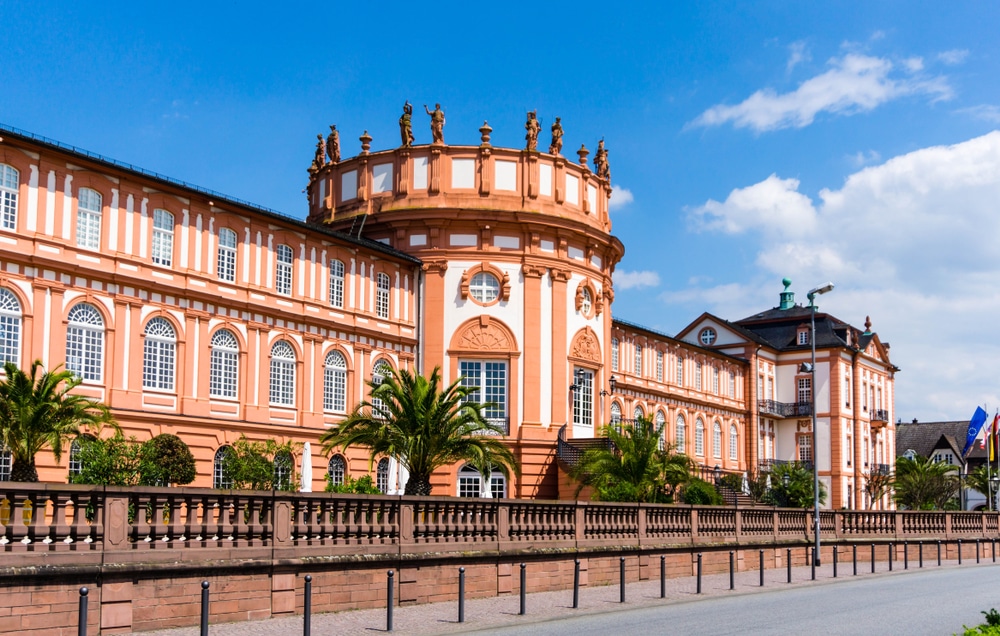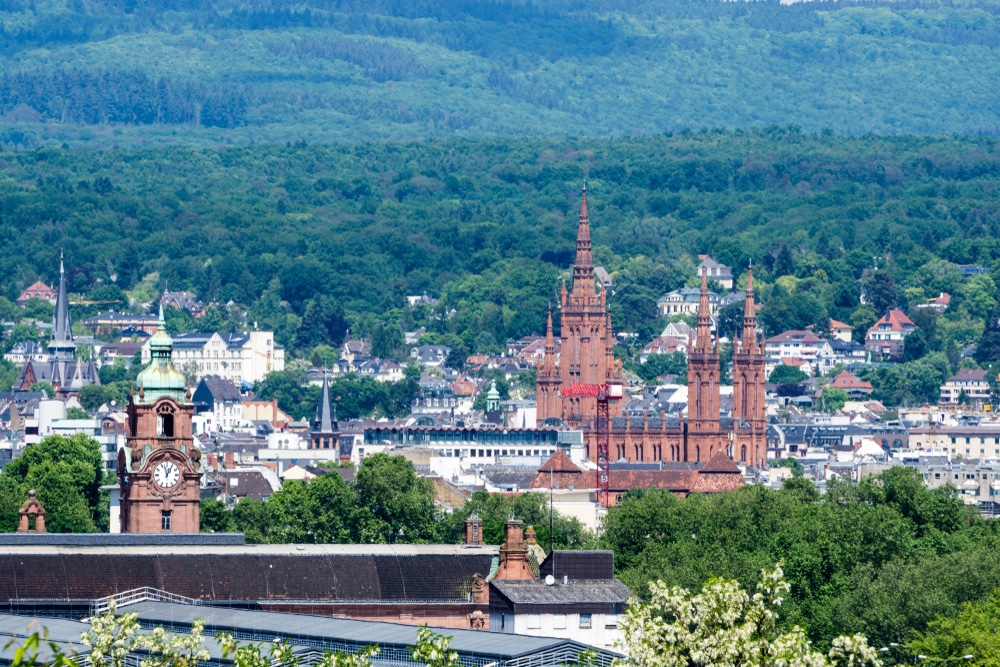Kaiser-Friedrich-Therme
Anyone who enters the Kaiser-Friedrich-Therme in Wiesbaden feels as if they have been transported back to ancient times. It is built in the style that fulfilled all the predicates of an incomparable bathing ambience in the Roman era. The elegant touch and the desire of the visitors to find here, besides the tranquility, above all the relief of various diseases, find in this impressive spa a remarkable symbiosis.

In honour of a German emperor
True to Art Nouveau as an expression of a new age with curved lines, a playful décor and a departure from symmetrical order, the Kaiser-Friedrich-Therme was built between 1910 and 1913. At that time, the facility was still called the "Kaiser-Friedrich-Bad". This name was given in honour of Emperor Frederick III, who was also King of Prussia until 1888. The well-known architect A. O. Pauly was commissioned to complete the complex.
"A monument to the spa industry".
Even then, the Therme was a real feast for the eyes with its impressive ceiling decorations, high porticoes and a white floor. Wiesbaden wanted to underpin its reputation as a so-called "world spa town" with this and had the pompous building with its magnificent interior cost the proud sum of three million Reichsmark. After the inauguration of this unique bathing complex, word quickly spread in Germany that Wiesbaden now had one of the "most beautiful monuments of modern spa life". This is how it was reported in the Leipziger Neuesten Nachrichten.
Foundations of a Roman sweat bath
The bath was and still is fed by the Adlerquelle spring, and when the idea of building a thermal bath according to ancient models matured in Wiesbaden at the turn of the 20th century, construction workers came across the foundations of a Roman sweat bath. Since then, those responsible have been certain that the Romans already used the Adlerquelle spring with its 66.4 degree hot water to give their muscles and joints pleasant cures. The warm-cold alternation also apparently triggered positive sensations and an improvement in the general condition even in Roman times.
The healing "Water of the Mattiakers
The heart of the Kaiser-Friedrich-Therme is the historic swimming hall. It was and is complemented by the Tepidarium, a relaxation room with heated loungers, and a Russian steam bath. The Sudatorium was modelled on the ancient sweat baths. The Romans called the spring in Wiesbaden "Aquis Mattiacis", which can be translated as "Water of the Mattiaks". The Mattiakers were a Germanic sub-tribe of the Chatti who settled near Wiesbaden and in the Taunus.
Aerial bomb in the Second World War
For over a hundred years now, the Kaiser-Friedrich-Therme has been a well-kept treasure of Wiesbaden. It was renovated at the end of the nineties of the last century without changing the features of the listed building. The spa had survived the Second World War well - only an aerial bomb damaged the roof. The hot water from the Adlerquelle spring is filtered before it enters the baths. This prevents it from turning a brown color. Some neighbouring buildings also benefit from the warmth of the spring - such as the former palace hotel and the baker's fountain, which used to supply local craftsmen with warm service water. In Wiesbaden's oasis of well-being, there are also offers to inhale the thermal water or to drink it in smaller quantities.


